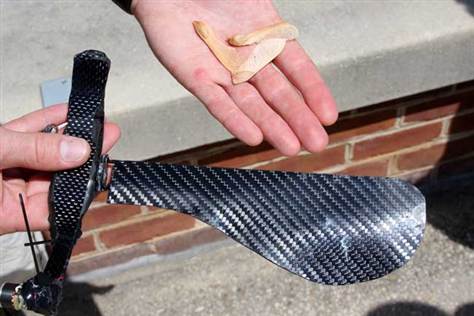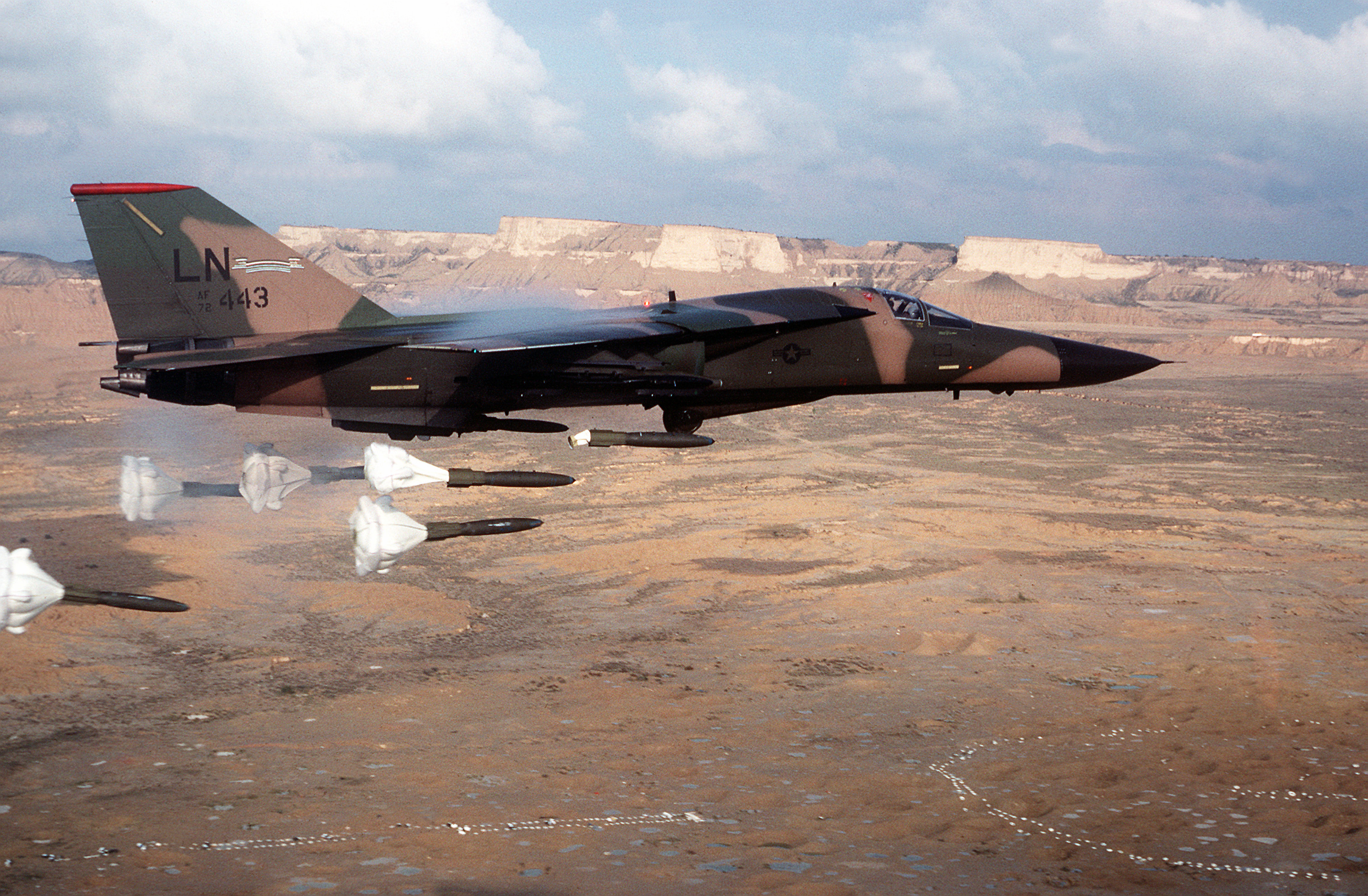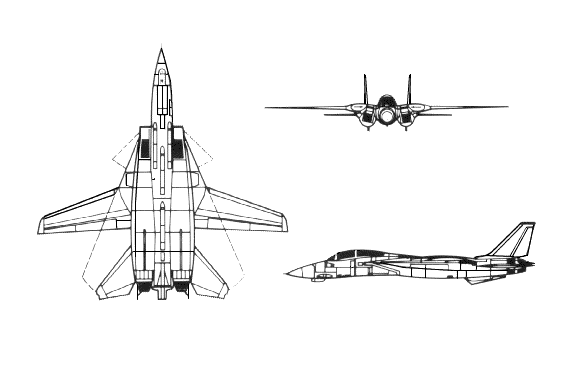Many of us can remember as a child being fascinated by maple seeds, with their single wing, spinning gracefully to the ground. As it turns out, scientists also have been amazed by this process. So much so that since the 1950s, engineers have been trying to replicate the flight of these seeds.

http://www.msnbc.msn.com/id/33451937/ns/technology_and_science-science/t/robotic-craft-mimics-falling-maple-seeds/#.TpMfic12mPU
Maple seeds, a type of samara, use autorotation to create passive stability. Autorotation is a deceivingly complex process. Essentially as a seed falls, it begins to rotate on it own around its center of mass, the seed. This causes horizontal airflow due to the wing’s rotation and vertical airflow due to the seed falling. The resulting forces are an upward lift, opposing gravity, and a horizontal drag. Because the tip of the wing is moving the fastest, it has more lift than any other part of the seed, therefore the wing tilts upward. The angle of tilt, referred to as the coning angle, reaches a constant when the outward centrifugal force equals lift. Once all the forces are balanced the result is a seed rotating in a stable helical pattern and falling at a terminal velocity.

Here the helical pattern of fall can be seen http://blogs.discovermagazine.com/ 80beats/2009/06/12/how-a-maple-seed-twirls-and-whirls-and-stays-aloft/
In the past, engineers have failed to create a design that has the stability of the falling maple leaf. Researchers at the University of Maryland Clark School of Engineering finally developed successful design, called RoboSeed NAV, in which the wing and the propeller are separate components allowing the wing to tilt without moving the whole aircraft. The aircraft has a propeller to create torque which creates an upward thrust. Therefore not only does the robot glide to the ground, but it also had the ability to fly with great control. Another key element of the design was the fact that they created the wing to closely resemble the wing the maple seed.
There are a couple of advantages of having an aircraft with the same aerodynamic properties of a maple leaf. First, minimal power is needed to maintain or create passive stability, which is beneficial to micro-scaled aircrafts that have minimal battery life. Second, if the aircraft runs out of power, it can slowly fall to the ground at a low terminal velocity resulting in minimal damage, thus making the aircraft very reusable.
It is anticipated the design could be seen in toy stores in months from now. Eventually these flyers could be used as low atmosphere satellites that are completely autonomous (require no motor function), thus using no energy. They could also be used for mapping of caves and rooms.
References:
- Alexander, David. “Nature’s Flyers: Birds, Insects, and the Biomechanics of Flight”. page 51 (link to Google books); September 22, 2011
- Bryner, Jeanna. “Robotic Craft Mimics Falling Maple Seed“. msnbc.com. October 10, 2011
- Gerardi, Steven. Pines, Darryll. Ulrich, Evan. “Autonomous Flight of a Samara MAV” Web. October 10, 2011. [pdf]







